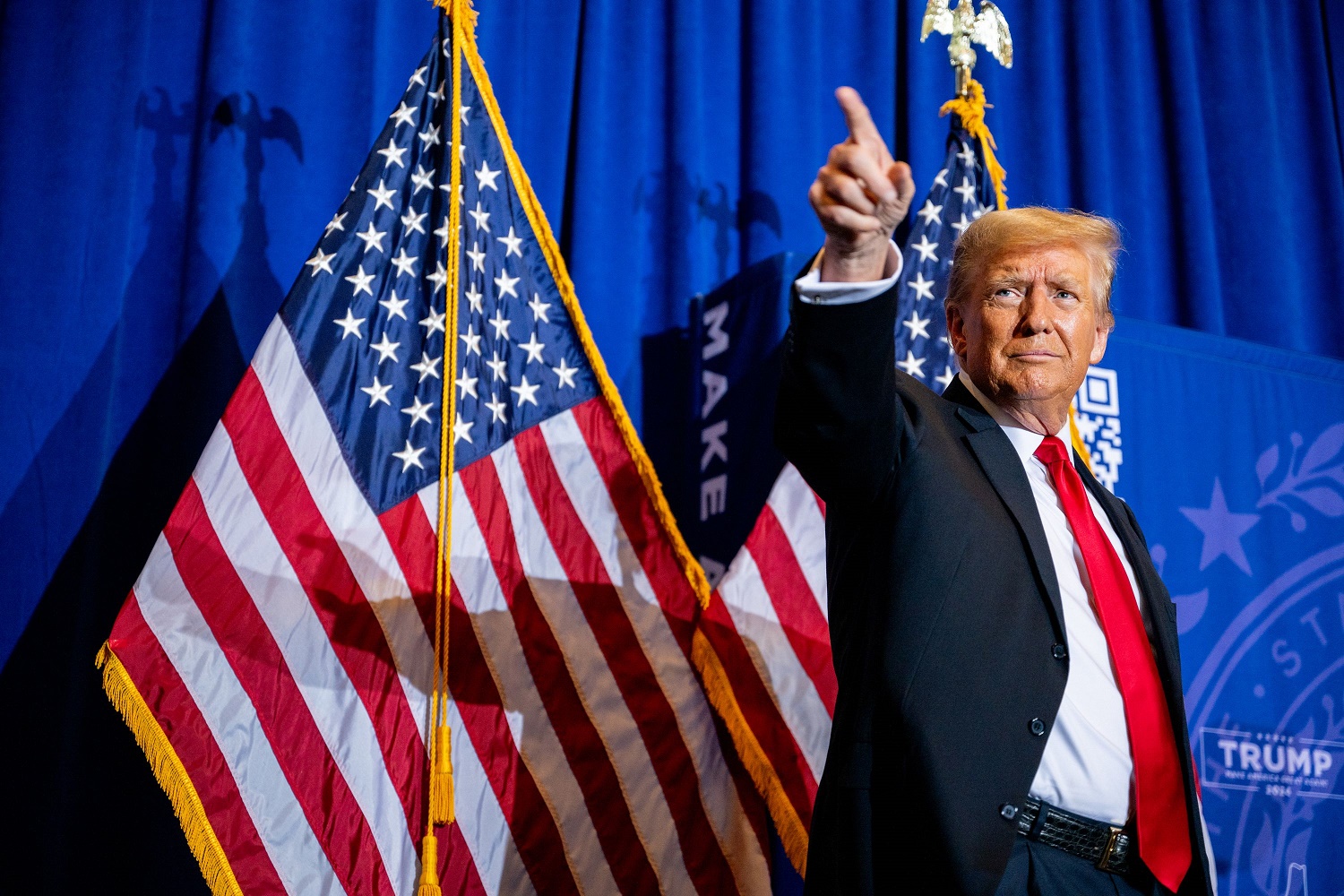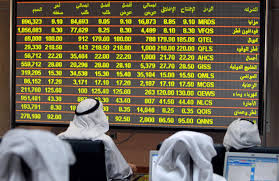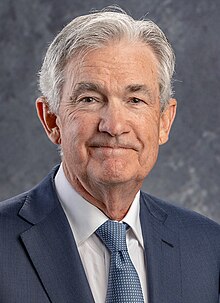How Trump could influence The U.S. Fed Decisions- Nigel Green

The Fed is expected to cut interest rates again Thursday – this time by 25 basis points – amid a moderating inflation rate and a softening labor market.
But it’s the return of Donald Trump to the White House and concerns that he might seek significant influence over the central banks’ policy decisions that will be the main focus, warns the CEO of one of the world’s largest independent financial advisory and asset management organizations.
Nigel Green of deVere Group is speaking ahead of Fed Chair Jerome Powell’s end of meeting speech Thursday, at which markets have fully priced-in another rate cut.
He says: “There are fears that Trump is likely to reignite his campaign to influence the Federal Reserve’s decisions moving forward.
]“He frequently criticized the Fed, particularly under Jerome Powell’s chairmanship, for not lowering interest rates more aggressively. In 2018 and 2019, he repeatedly voiced dissatisfaction, claiming that higher rates were a drag on the US economy and put the country at a competitive disadvantage in international markets.
“He even went as far as suggesting negative interest rates—a stance almost unheard of in the US.
“With inflation cooling but still elevated, Trump may argue that lower rates are necessary to fuel economic growth, particularly in the lead-up to the 2026 midterms.”
The now President-Elect Trump appointed four of the seven current Fed Board governors during his previous term, including the controversial re-nomination of Jerome Powell.
However, he also openly suggested firing Powell—a move he legally couldn’t enforce but used as leverage to influence Fed decisions. His strong preference for low-interest-rate advocates likely influenced his appointments, prioritizing growth and employment over strict inflation control.
“Should Powell remain at the Fed, Trump may again publicly challenge his decisions, possibly nominating governors who share his economic philosophy, with an eye on reducing Fed autonomy. He could also push for replacements more sympathetic to his economic policies if any positions open up,” notes the deVere Group CEO.
During his first term, Trump was concerned with the strength of the dollar, often calling for a weaker dollar to boost US exports. Though he didn’t manage to directly influence dollar policy, he openly pressured the Fed to cut rates, which would generally have a devaluing effect on the currency.
With trade at the forefront of his agenda, “Trump might pursue a weaker dollar to maintain a competitive edge, potentially through tactics that pressure the Fed into actions benefiting US trade,’ comments Nigel Green. “A lower dollar could boost American manufacturing and exports, while also helping to offset tariff impacts.”
His previous administration frequently engaged in discussions about limiting the Fed’s autonomy. Though he faced legal and political barriers, Trump’s vocal challenges to the Fed set a precedent for public criticism of an institution that traditionally operated independently from the executive branch.
“His return to the White House could lead to further efforts to limit Fed independence or increase scrutiny, particularly if inflation resurges or if monetary policy tightens. He may call for reforms that align Fed decisions more closely with the White House’s economic agenda, positioning this as an alignment of the Fed with national interests,” affirms the deVere CEO.
He concludes: “Trump’s approach to the Fed will likely mix familiar pressures for lower rates and personnel shifts, with an added emphasis on trade and dollar competitiveness.
“Although the Fed’s legal independence remains a limiting factor, Trump’s history of public statements and actions suggests he could be relentless in trying to sway monetary policy.”





